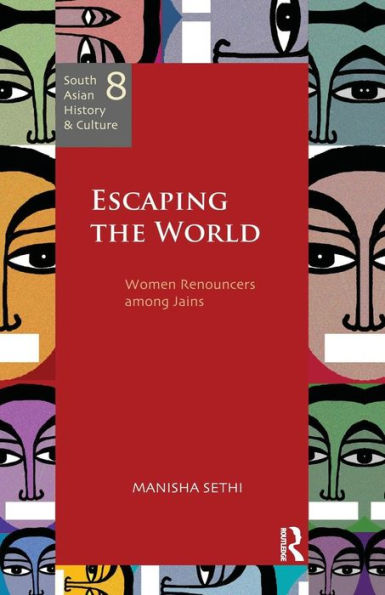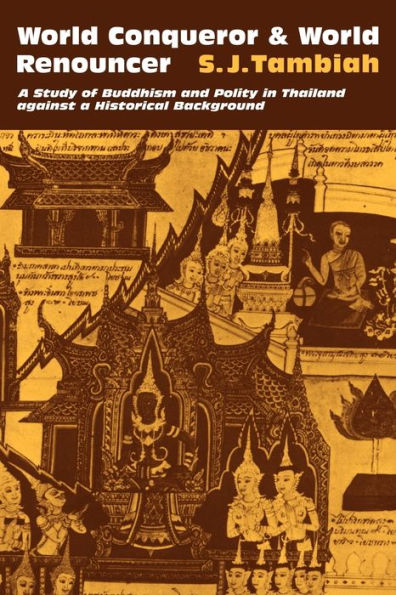Home
Escaping the World: Women Renouncers among Jains
Loading Inventory...
Barnes and Noble
Escaping the World: Women Renouncers among Jains
Current price: $180.00


Barnes and Noble
Escaping the World: Women Renouncers among Jains
Current price: $180.00
Loading Inventory...
Size: Hardcover
*Product Information may vary - to confirm product availability, pricing, and additional information please contact Barnes and Noble
The book attends to a historical question — how to account for the high numbers of renouncers (
sadhvis)
mentioned in medieval and ancient texts — which has been acknowledged and raised, but left unaddressed within Jain studies. It does so through ethnographic data gathered through extensive fieldwork among the
sadhvis
in Delhi and Jaipur.
The volume foregrounds the primacy of ‘choice’ and ‘agency’— upheld by the nuns themselves, who associate asceticism with autonomy, freedom, joy, spiritual well-being, self-worth and peace, and
grihastha
(household) with loss of independence, fettered existence, degradation, burdensome familial obligations and social responsibilities. It also examines whether it may be apt to term Jain nuns as practitioners of an ‘indigenous mode of feminism’. The book challenges the existing sociological theories of renunciation and tests the feminist concepts of agency and autonomy by investigating the culturally coded roles ascribed to women in Jainism, which are variegated, and examines how a fractured discourse and reality is resolved in the subjectivities and identities of female ascetics. The very legitimacy of the institution of female asceticism, and the way in which the society (
samaj)
upholds and sustains it, renders female asceticism into a socially approved alternative institution — albeit one that allows Jain nuns to create spaces of relative and autonomy and even prestige for themselves.
sadhvis)
mentioned in medieval and ancient texts — which has been acknowledged and raised, but left unaddressed within Jain studies. It does so through ethnographic data gathered through extensive fieldwork among the
sadhvis
in Delhi and Jaipur.
The volume foregrounds the primacy of ‘choice’ and ‘agency’— upheld by the nuns themselves, who associate asceticism with autonomy, freedom, joy, spiritual well-being, self-worth and peace, and
grihastha
(household) with loss of independence, fettered existence, degradation, burdensome familial obligations and social responsibilities. It also examines whether it may be apt to term Jain nuns as practitioners of an ‘indigenous mode of feminism’. The book challenges the existing sociological theories of renunciation and tests the feminist concepts of agency and autonomy by investigating the culturally coded roles ascribed to women in Jainism, which are variegated, and examines how a fractured discourse and reality is resolved in the subjectivities and identities of female ascetics. The very legitimacy of the institution of female asceticism, and the way in which the society (
samaj)
upholds and sustains it, renders female asceticism into a socially approved alternative institution — albeit one that allows Jain nuns to create spaces of relative and autonomy and even prestige for themselves.

















